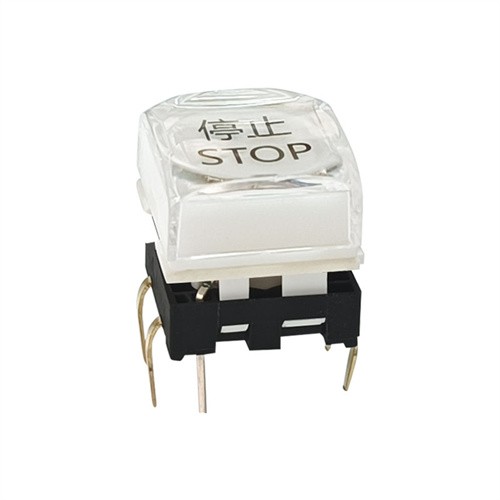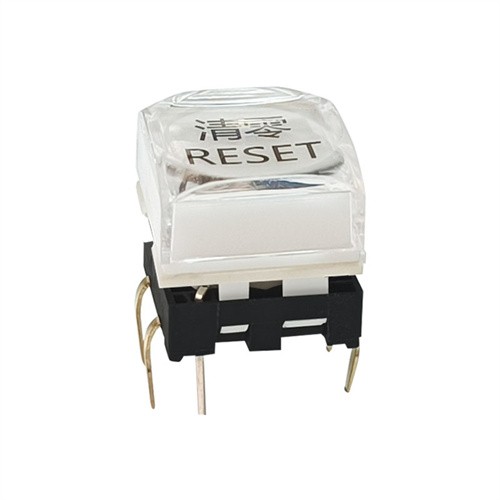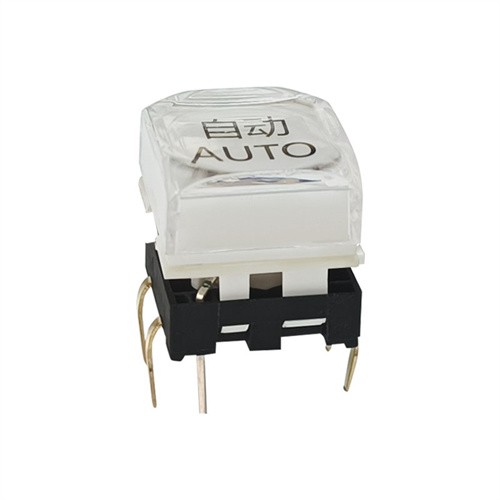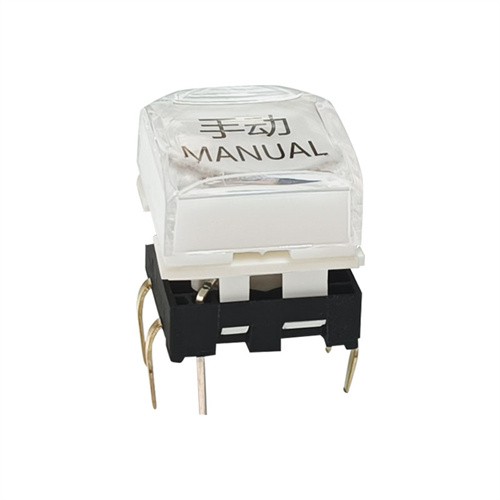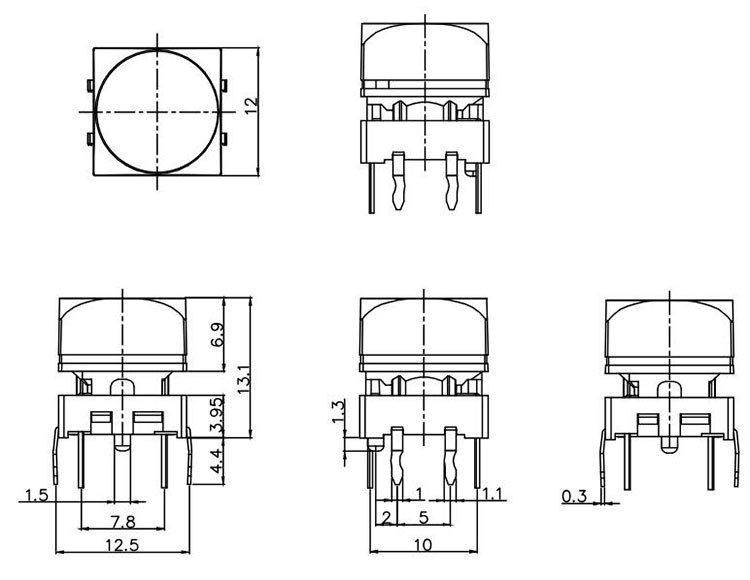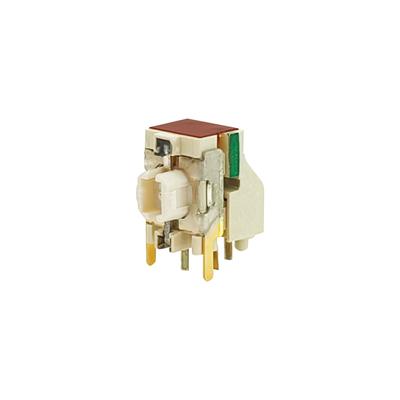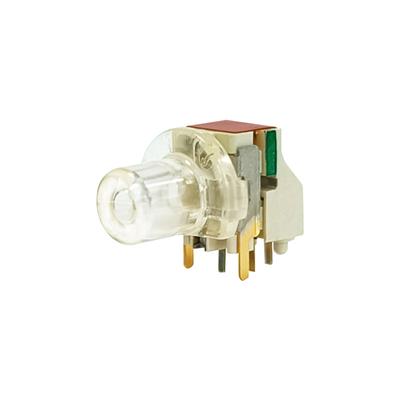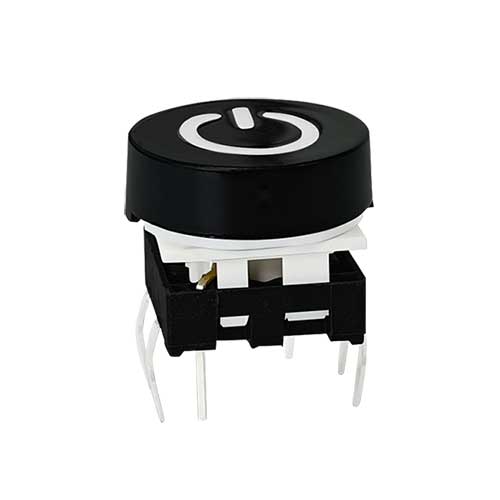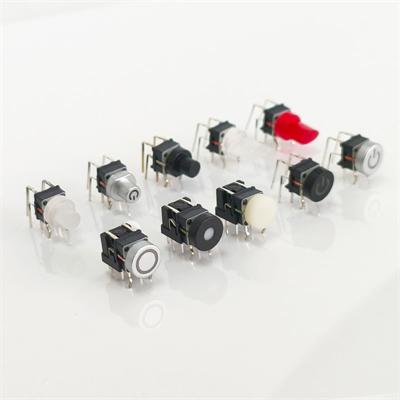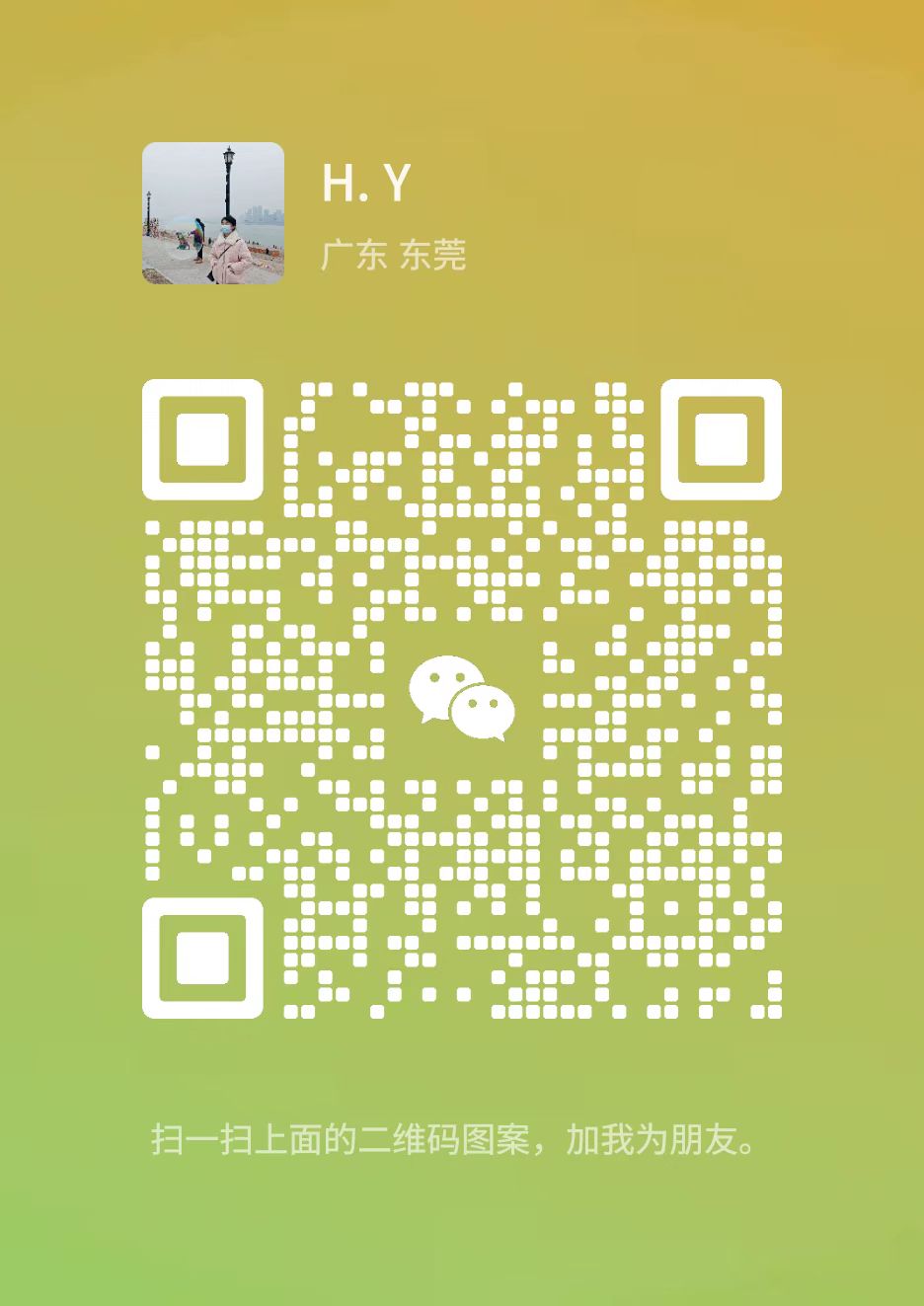Illuminated Tact Push Button
The 12*12mm size of the illuminated tact button is ideal for video matrix switchers, as it allows for multiple buttons to be placed in close proximity to one another without taking up too much space on the user interface
Video matrix switchers are devices that allow users to route video signals from multiple sources to multiple displays. The process of routing the video signals is controlled through a user interface, which typically includes tactile buttons, such as illuminated tact buttons, that are used to select the desired source and destination displays.
One of the key features of an illuminated tact button is its ability to provide users with visual feedback as they navigate through the different video routing options. This feedback is critical in ensuring that users are selecting the correct source and destination displays, and it can help reduce errors and minimize user frustration.
The 12*12mm size of the illuminated tact button is ideal for video matrix switchers, as it allows for multiple buttons to be placed in close proximity to one another without taking up too much space on the user interface. This compact size also makes it easier for users to quickly navigate through the different video routing options, as they can easily reach multiple buttons with a single hand.
Illuminated Tact Push Button: A Blend of Precision and Visual Clarity
The Pcb Mount Led Tact Switch is a sophisticated electronic component that combines the tactile feedback of a traditional push button with the added functionality of integrated illumination, enhancing user interaction and system status indication across a diverse range of applications.
Physical Design and Structure
Externally, an illuminated Mini Led Tact Switch typically features a robust housing constructed from materials like durable plastics (such as polycarbonate or ABS) or metals (including stainless steel). This housing serves to safeguard the internal components from physical damage, dust, and moisture, ensuring long - term reliability. The button cap, which is the user - contactable surface, is often made of a transparent or translucent material to facilitate the transmission of light. It can come in various shapes, including round, square, or rectangular, and may have a smooth or slightly textured finish to improve grip and prevent accidental activation.
Beneath the cap lies the tactile mechanism, which is the core of the button's functionality. A spring - loaded actuator is a key component; when the button is pressed, the actuator moves downward, making contact with internal electrical contacts and closing the circuit. Once the pressure is released, the spring returns the actuator to its original position, opening the circuit again. This tactile response, often accompanied by a distinct "click" sensation, provides users with immediate feedback that the button has been successfully actuated.
The illumination system within the button is another crucial aspect. Light - emitting diodes (LEDs) are commonly used as the light source due to their energy - efficiency, long lifespan, and ability to produce a wide spectrum of colors. The LED is strategically positioned inside the button, and in many cases, a light - diffusing element (such as a diffuser plate or internal reflective surfaces) is incorporated to ensure that the light is evenly distributed across the button cap. This results in a consistent, bright glow that effectively conveys information
INQUIRY
CATEGORIES
LATEST NEWS
CONTACT US
Contact: Bella
Phone: 15999819066
E-mail: rucoe@rucoe.com
Whatsapp:+86-15999819066
Add: Taoyuan Street, Nanshan, Shenzhen
